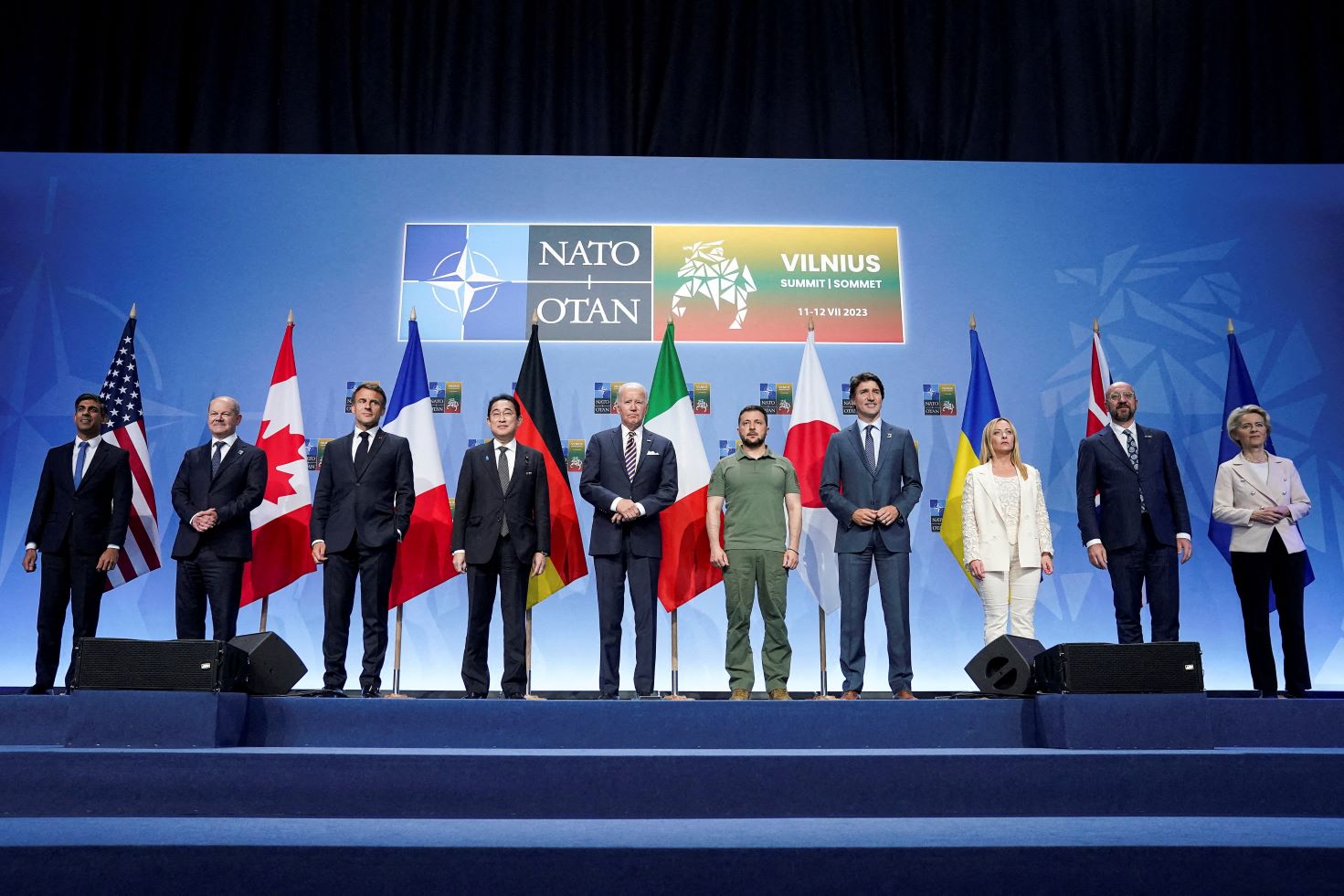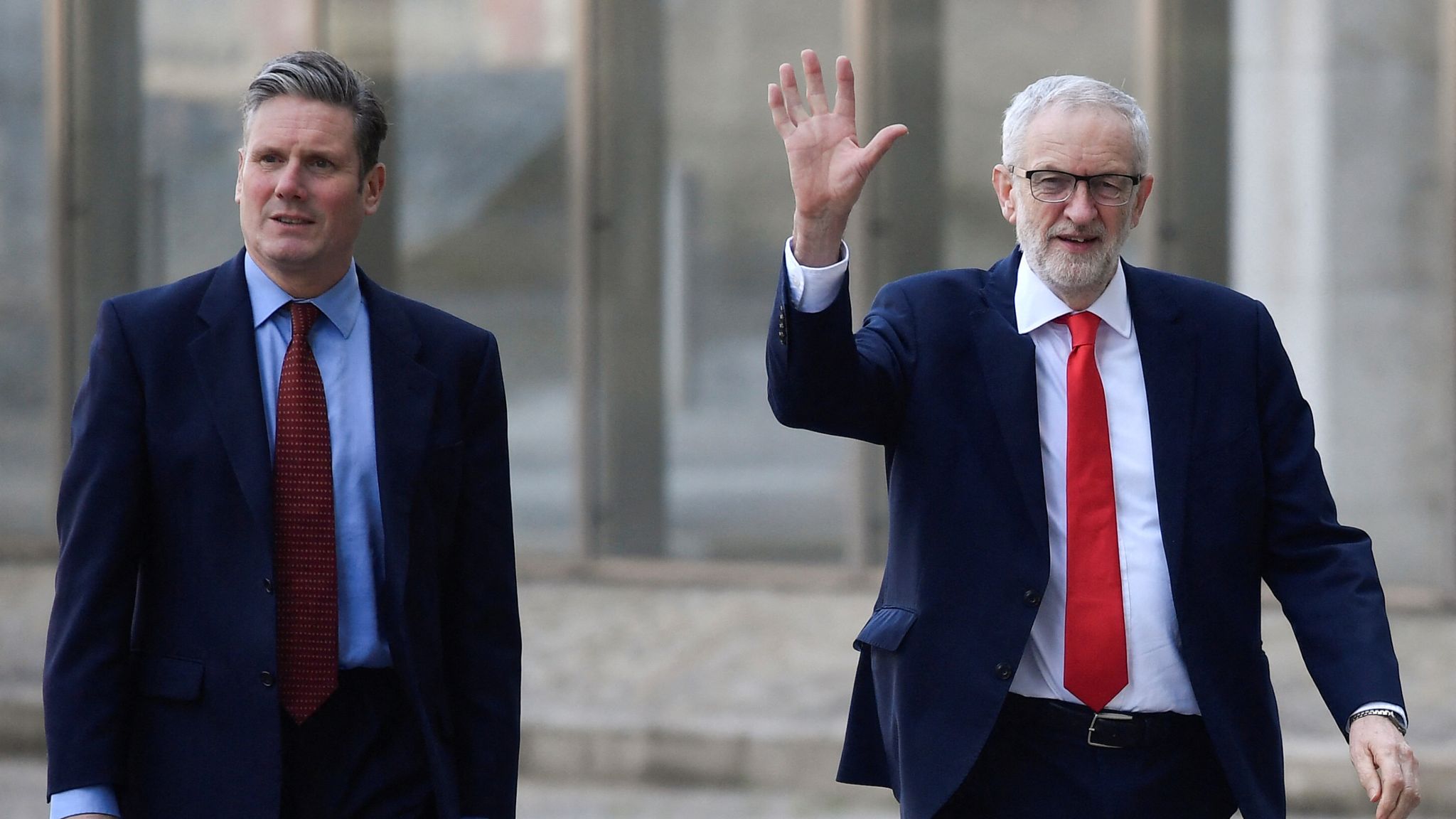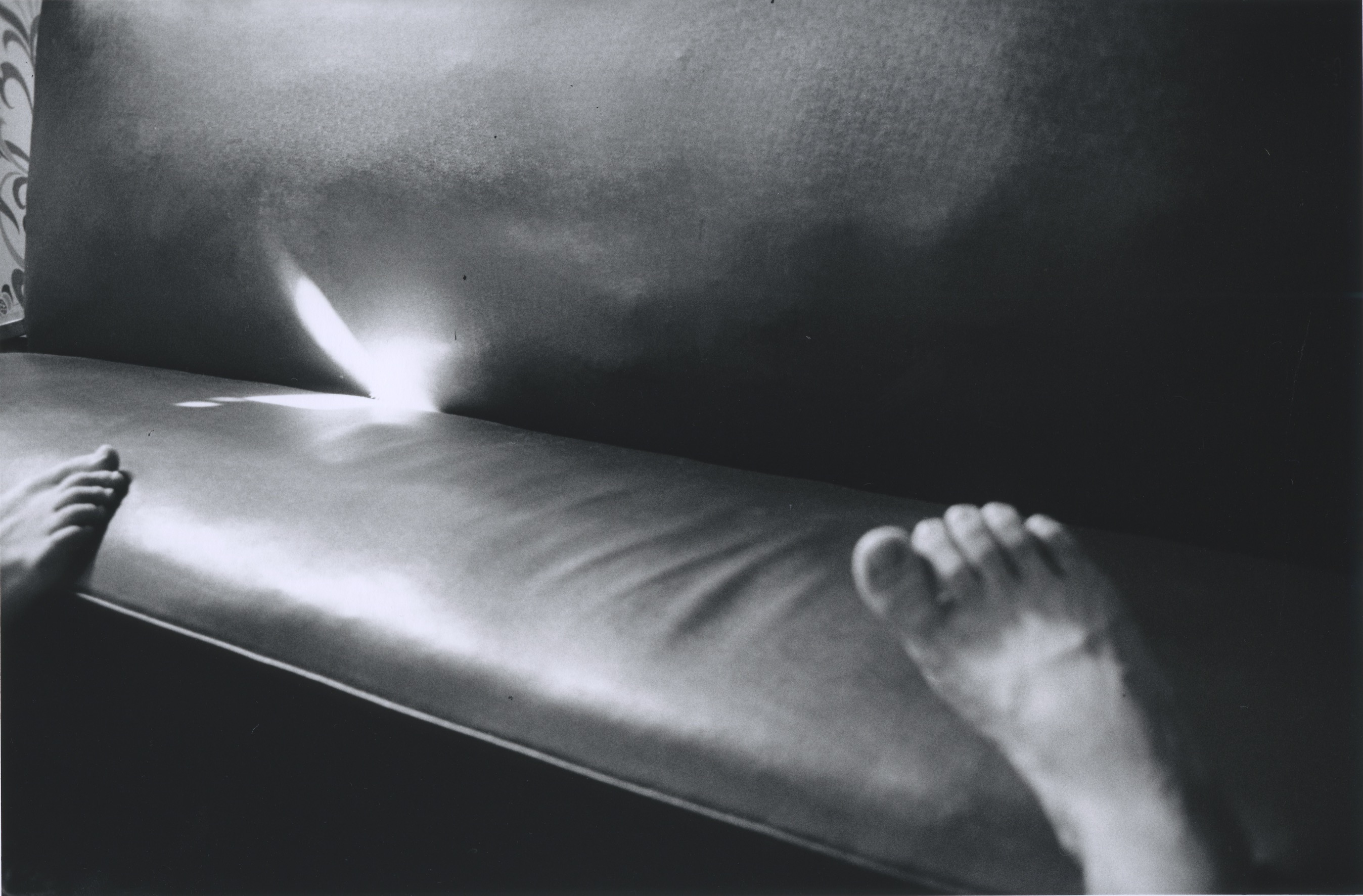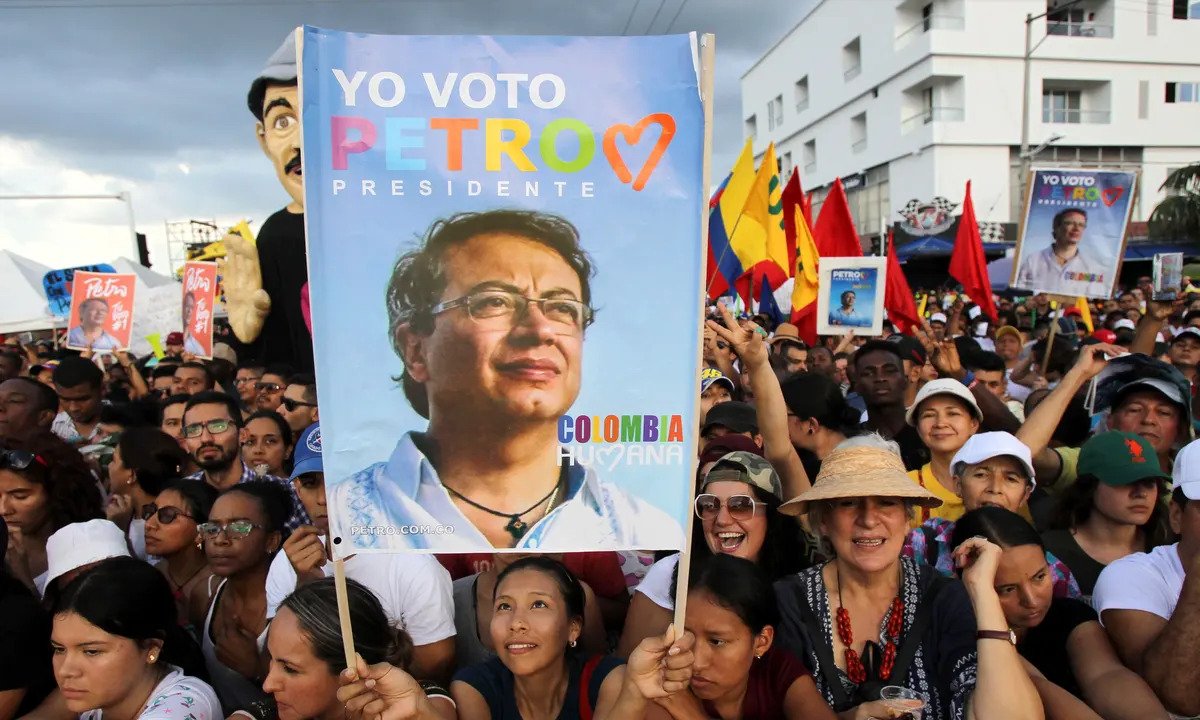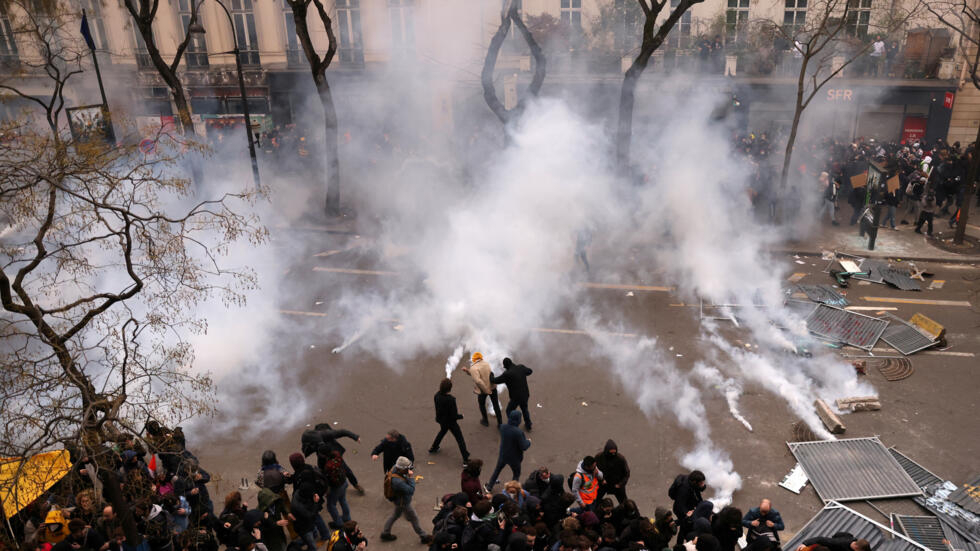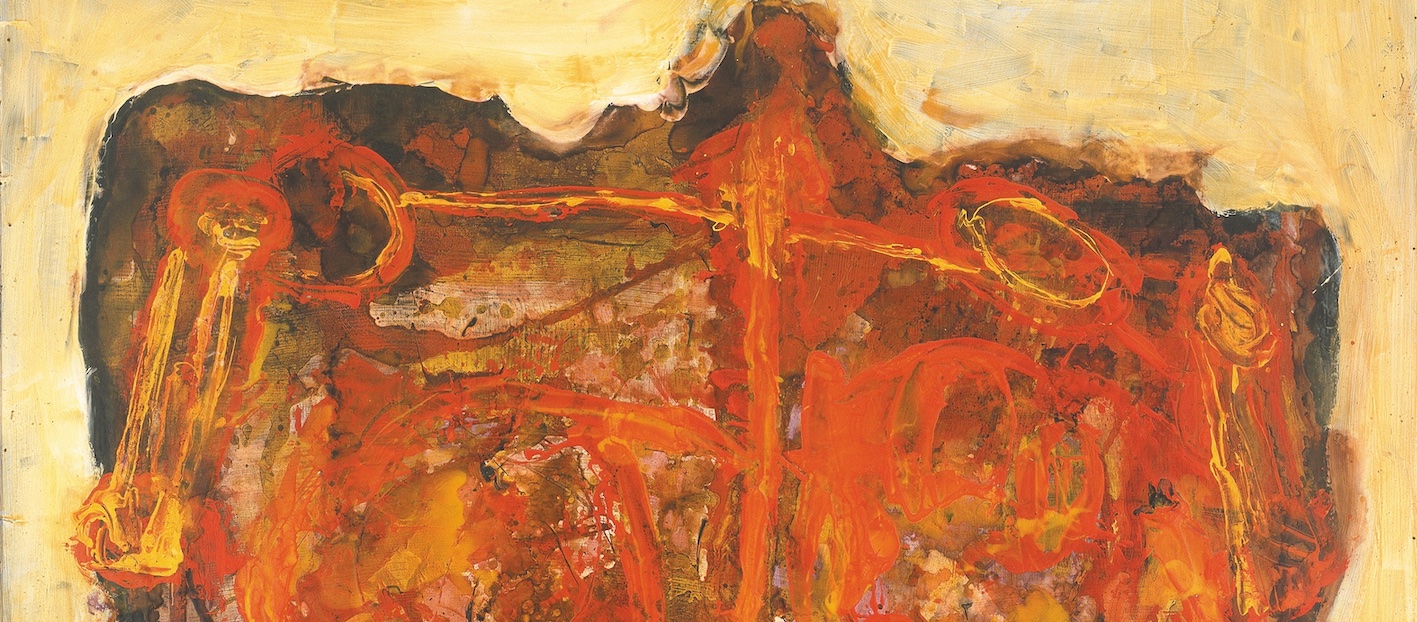With expectations set perilously high, last month’s NATO summit in Vilnius could not help but disappoint. Ukraine and some of its most ardent supporters believed that the glittering mirage of membership might materialize at last. The superlative language used to describe the event – ‘the most consequential gathering for the alliance in modern history’, ‘the most comprehensive defence plans since the end of the Cold War’ – suggested maximalist aspirations. Reflecting on the ongoing conflict in Europe, heads of state invoked the world wars of the twentieth century: a fight for the continent, for the West, for democracy itself. But behind the cheery technicolor photo-ops and self-congratulatory soundbites lurked an ineluctable fact: NATO is only prepared to engage in a limited, restrained war effort. This gap between rhetoric and reality has so far proved sustainable. But with Russian and Ukrainian forces locked in a bitter stalemate, and fractures opening up among the supposedly united West, will it remain so?
For supporters of NATO enlargement, the summit seemed to begin on a bright note. On its eve, it was announced that Turkey had finally agreed to back Swedish entry – which it had so far blocked over the country’s putative support for ‘Kurdish terror’. The news was met with the expected fanfare, and seemed to presage good things for Kyiv. Yet on 11 July Erdoğan appeared to change course, issuing a ‘clarification’ which stated that his government would need to examine the implementation of Sweden’s terrorism legislation before it could make a final decision, which may have to wait until the Turkish parliament next convenes in October. In the days leading up to the summit, Biden had tried to link Turkey’s receipt of much-coveted F-16s to an agreement that it would drop its objections to Swedish accession; but this too would require authorization from the House Foreign Affairs and Senate Foreign Relations committees, which may not be forthcoming. Erdoğan meanwhile began to talk up the prospect of reviving long-stalled plans for Turkey’s EU accession: ‘First, come and open the way for Turkey at the European Union and then we will open the way for Sweden, just as we did for Finland.’ Some are whispering that Turkey could get its candidate appointed to a key counterterrorism position in NATO, in a quid quo pro to signal that its concerns about ‘terrorism’ are being taken seriously.
Member states had already demonstrated their willingness to bend over backwards to please Erdoğan. On 6 July, a Swedish court made the unprecedented decision to convict a member of the Kurdistan Workers’ Party. He will serve a four-and-a-half–year prison sentence in Sweden before being extradited to Turkey. Among the large Swedish-Kurdish diaspora, the case was widely viewed as a political stitch-up: another human sacrifice on NATO’s altar. The seemingly bottomless capacity to accommodate autocratic Turkey is, of course, difficult to reconcile with the framing of the current confrontation with Russia, as a civilizational struggle between an enlightened band of Western democracies and Putin’s Oriental despotism. NATO’s 2022 Strategic Concept, unveiled in Madrid, states that ‘authoritarian actors challenge our interests, values, and democratic way of life’ – but this refers solely to authoritarians outside NATO, not those within it. It remains to be seen whether the Atlantic alliance can maintain its current popularity while forfeiting any pretence to ‘shared values’. In 2014, a policy paper from the Norweigan Centre for Integrity in the Defence Sector warned that ‘unless NATO is seen as a community of values, public support and mutual solidarity may easily become undermined’.
The most dramatic disappointment of the Vilnius summit, however, was the news that Ukraine would not be granted a timeframe for eventual membership. The US and Germany were staunchly opposed to the idea, meaning that it was never a serious possibility. But it had been treated like one by the media, who ratcheted up expectations to an impossible pitch, echoed by Zelensky. Rather than a pathway to accession, the alliance approved a ‘three-part package to bring Ukraine closer to NATO’, including a ‘multi-year assistance programme to facilitate the transition of the Ukrainian armed forces from Soviet-era to NATO standards’, the establishment of a new NATO–Ukraine Council (where Ukraine and NATO will ‘meet as equals’), and reaffirmation that Ukraine would become a member someday, along with the waiving of the Membership Action Plan (MAP) requirement. NATO’s communiqué states that ‘We will be in a position to extend an invitation to Ukraine to join the Alliance when allies agree and conditions are met.’ Naturally, there is no explanation of what those conditions might be. What Ukraine has been granted is something akin to the so-called ‘Israel model’: a combination of ‘arms sales, security commitments, and military training’. For critics, this was merely a disingenuous attempt to spin the provision of arms as something more lofty. As the international relations theorist Patrick Porter put it: ‘What NATO is saying to Ukraine is “we think you’re worth fighting for at some point in the future, but we don’t think you’re worth fighting for now, when you’ve been invaded”’.
The provision of weapons and equipment has itself been incremental and limited. Ukraine has long sought F-16s from the US, but two months after Biden pledged support for training Ukrainian pilots to use the aircraft, he has yet to approve the delivery of manuals and flight simulators; nor have the Europeans produced a final training plan. This piecemeal approach, whereby Ukraine is furnished with a steady supply of arms which nonetheless falls short of what is needed to make a meaningful difference on the battlefield – while peace negotiations are categorically rejected – all but ensures that the war will be prolonged indefinitely. As it grinds on, without major breakthroughs on either side, the West will find it increasingly difficult to harmonize its bellicose rhetoric with its more tentative actions.
Vilnius was haunted by the spectre of summits past. Typically, the US informs its allies about its objectives about three or four months before the summit. But at the 2008 meeting in Bucharest, Bush made a surprise announcement that Ukraine and Georgia must be promised NATO membership at some unspecified future date, with the US pushing for the insertion of both countries into the MAP. Sceptical observers noted that this was the worst possible messaging: enough to provoke Russia, but not enough to prevent it from responding. This year, worries that Vilnius would amount to little more than ‘Bucharest 2.0’ seemed to be borne out: NATO effectively vowed to intensify the war without hastening its conclusion.
Venting his frustration via Twitter, Volodymyr Zelensky wrote that ‘It’s unprecedented and absurd when [a] time frame is not set, neither for the invitation nor for Ukraine’s membership.’ His remarks reflected a curious feature of the current Atlantic power bloc. American hegemony has in one sense been rejuvenated by the Russian invasion, with the Biden Administration corralling its European deputies into a drawn-out conflict. Yet the US’s hegemonic vision and geopolitical acumen still leave much to be desired. Declarations of ‘unprecedented Western unity’ may have seemed credible during the war’s first year, but the cracks are now proving difficult to ignore. Like Bush before him, Biden’s geostrategy is exposing latent divisions among the military alliance.
Of course, for many in the US security apparatus, developments in Ukraine are an unhelpful distraction from the more pressing issue of China’s rise. In 2022, the alliance published its strategic concept designating the PRC a ‘systemic challenge’. This year’s communiqué replicated that rhetoric: ‘The People’s Republic of China’s stated ambitions and coercive policies challenge our interests, security and values’, it stated. The ‘A4’ nations – South Korea, Japan, Australia, New Zealand – are a new fixture of the summit, and in June aircraft from the Japanese Air Force took part in ‘NATO’s largest air exercise since its inception’. The Vilnius meeting also produced the ‘Individually Tailored Partnership Programme between NATO and Japan for 2023–2026’, which envisions enhanced partnership between Japan and NATO on a number of ‘priority issues’ including cyber defence, emerging and disruptive technologies and space security. Nevertheless, plans to open a NATO liaison office in Japan were shelved earlier this summer after pushback from member states, with Emmanuel Macron describing it as ‘a big mistake’. Evidently, various countries that have lined up behind the US on Ukraine are reluctant to do the same when it comes to China. Central and Eastern Europe remain hawkish, yet much of Western Europe, fearing the economic fallout of ‘decoupling’ from the PRC, has instead pursued a softer policy of ‘derisking’.
If nothing else, then, Vilnius lifted the curtain on the Western unity invoked since February 2022. Such accord exists only at a basic level: the allies are united in their opposition to Russia’s invasion, but beyond that there are multiple areas of contention – though you wouldn’t know it from the breathless press coverage or self-satisfied rhetoric. In the Atlanticist information bubble, Ukraine is always on the verge of a breakthrough, Crimea’s recapture always imminent, and victory close at hand. The reality, though, is that NATO seems more interested in winning a PR war than a real one.
Read on: Grey Anderson, ‘Weapon of Power, Matrix of Management’, NLR 140/141.
